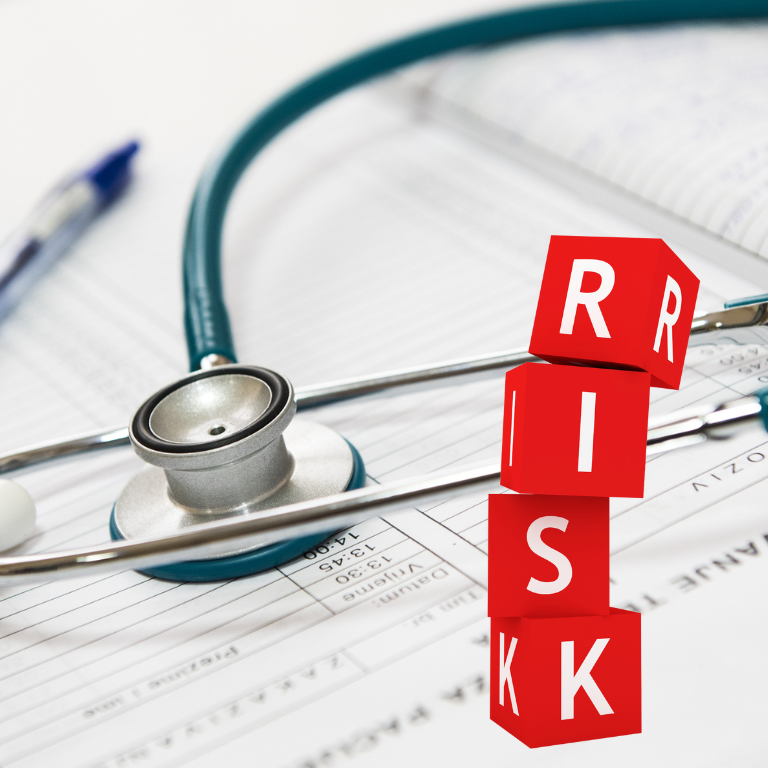Cannabis and Health: Balancing Benefits and Risks

Cannabis has been a subject of intense debate and research due to its potential health benefits and risks. As more states in the U.S. and countries worldwide legalize its medical and recreational use, understanding the balance between its benefits and risks becomes crucial for consumers, healthcare providers, and policymakers. This article delves into the complexities of cannabis and health, providing a comprehensive overview of its benefits, risks, and the strategies to manage these risks effectively.
The Health Benefits of Cannabis
Cannabis has been used medicinally for centuries, with modern research supporting its efficacy in treating various medical conditions.
Chronic Pain Management
Cannabis is widely recognized for its analgesic properties. It has been shown to help manage chronic pain conditions, such as arthritis, neuropathy, and fibromyalgia, where traditional pain medications may fail or cause significant side effects.
Anti-Inflammatory Effects
Cannabinoids, the active compounds in cannabis, have anti-inflammatory properties that can help reduce inflammation and related symptoms in conditions like multiple sclerosis and inflammatory bowel disease.
Mental Health Applications
Cannabis, particularly cannabidiol (CBD), has been found to alleviate symptoms of anxiety, depression, and PTSD. It can serve as an adjunct or alternative to conventional mental health treatments, offering relief without the severe side effects associated with some pharmaceutical drugs.
Neurological Benefits
Research suggests that cannabis may provide neuroprotective benefits. It has been studied for its potential to reduce seizure frequency in epilepsy, particularly in drug-resistant cases, and to slow the progression of neurodegenerative diseases like Alzheimer’s and Parkinson’s.
The Risks Associated with Cannabis Use
Psychological Risks: While cannabis has therapeutic potential, its use can also pose psychological risks, particularly with high-THC strains.
Addiction and Dependency: Cannabis use can lead to dependence and addiction in some individuals. The risk of developing a cannabis use disorder increases with frequency of use and higher THC content.
Mental Health Disorders: High doses or chronic use of cannabis, especially high-THC strains, can exacerbate or trigger mental health issues such as anxiety, paranoia, and psychosis. Individuals with a predisposition to mental health disorders should use cannabis cautiously.
Physical Health Risks
Cannabis can affect physical health in various ways, some of which are related to the method of consumption.
Respiratory Issues: Smoking cannabis can lead to respiratory problems similar to those caused by tobacco smoking, including chronic bronchitis and impaired lung function. Vaporizing and ingesting cannabis are generally considered safer alternatives.
Cardiovascular Effects: Cannabis use can increase heart rate and blood pressure, posing risks to individuals with preexisting cardiovascular conditions. Acute use has been linked to an increased risk of heart attack in susceptible individuals.
Impaired Cognitive Function: Chronic cannabis use, especially when started at a young age, can impair cognitive functions such as memory, attention, and learning. These effects may persist even after cessation of use.
Balancing the Benefits and Risks
Safe Consumption Practices: To maximize the benefits and minimize the risks associated with cannabis use, it is essential to adopt safe consumption practices.
Start Low, Go Slow: Especially for new users, starting with a low dose and gradually increasing it allows for the assessment of tolerance and response to the drug, minimizing the risk of adverse effects.
Choose the Right Strain and Product: Different strains and products have varying levels of THC and CBD. Opting for products with balanced or higher CBD content can mitigate some of the psychoactive risks associated with THC.
Regulatory Measures
Effective regulation can play a pivotal role in ensuring the safe use of cannabis.
Quality Control: Implementing stringent quality control measures ensures that cannabis products are free from contaminants like pesticides, heavy metals, and mold. Regular testing and certification can help maintain product safety and efficacy.
Clear Labeling: Products should be clearly labeled with THC and CBD content, dosage instructions, and potential side effects. This transparency helps consumers make informed choices.
Age Restrictions: Enforcing age restrictions on cannabis purchases can help prevent use among adolescents, who are more susceptible to the negative cognitive effects of cannabis.
Public Education and Awareness
Educating the public about the benefits and risks of cannabis is crucial for promoting responsible use.
Healthcare Provider Guidance: Healthcare providers should be well-informed about cannabis and its effects to guide patients appropriately. They can offer personalized advice based on individual health profiles and medical history.
Community Outreach Programs: Community programs can disseminate accurate information about cannabis, debunk myths, and provide resources for those seeking help with cannabis-related issues.
Future Directions in Cannabis Research
Expanding Medical Research: Further research is needed to fully understand the therapeutic potential of cannabis and to identify the most effective strains, dosages, and delivery methods for various conditions.
Clinical Trials: More large-scale, randomized clinical trials are essential to validate the efficacy and safety of cannabis for medical use. These trials can provide the robust evidence needed to integrate cannabis into mainstream medical practice.
Longitudinal Studies: Long-term studies can help assess the chronic effects of cannabis use, particularly on mental and physical health, and guide long-term usage recommendations.
Technological Innovations
Advances in technology can enhance the safety and effectiveness of cannabis products.
Precision Dosing: Technological innovations can enable precision dosing, ensuring that users receive the exact amount of cannabinoids needed for therapeutic effects without excess.
Advanced Delivery Systems: Developing advanced delivery systems, such as transdermal patches or controlled-release capsules, can improve the efficacy and safety of cannabis use by providing consistent and controlled dosing.
Balancing the benefits and risks of cannabis is a complex but necessary endeavor as its use becomes more widespread. By understanding the therapeutic potential and associated risks, adopting safe consumption practices, implementing effective regulatory measures, and continuing robust research, society can maximize the benefits of cannabis while minimizing its risks. Public education and healthcare provider guidance will be pivotal in navigating this evolving landscape, ensuring that cannabis use contributes positively to health and well-being.











